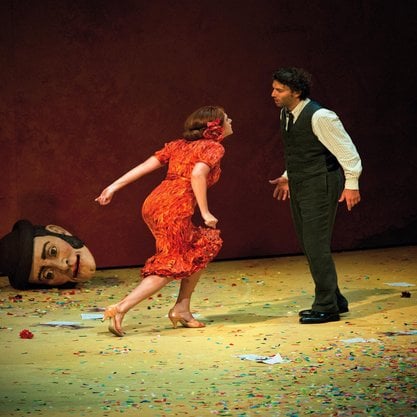Article
O’Brien, Flann (1911–1966) By Hanna, Julian
Article
Born Brian O’Nolan (or Ó Nualláin) in Strabane, County Tyrone, the novelist and satirist known as Flann O’Brien is now recognized as a leading figure of Irish modernism alongside James Joyce and Samuel Beckett. Like Joyce and Beckett, he is also considered to be an important transitional figure to postmodernism. His experimental novels, particularly At Swim-Two-Birds (1939) and The Third Policeman (1967), employ many of the techniques later identified as postmodern, including use of parody and pastiche, recycling of genres and characters, and combining of ‘high’ and ‘low’ cultural forms. Though his acclaim as a novelist was hard won and late in coming, O’Brien enjoyed significant local fame as a journalist for his Cruiskeen Lawn column, which ran in the Irish Times from 1940 to 1960 under the pseudonym Myles na gCopaleen (also na Gopaleen, ‘Myles of the Ponies’).


